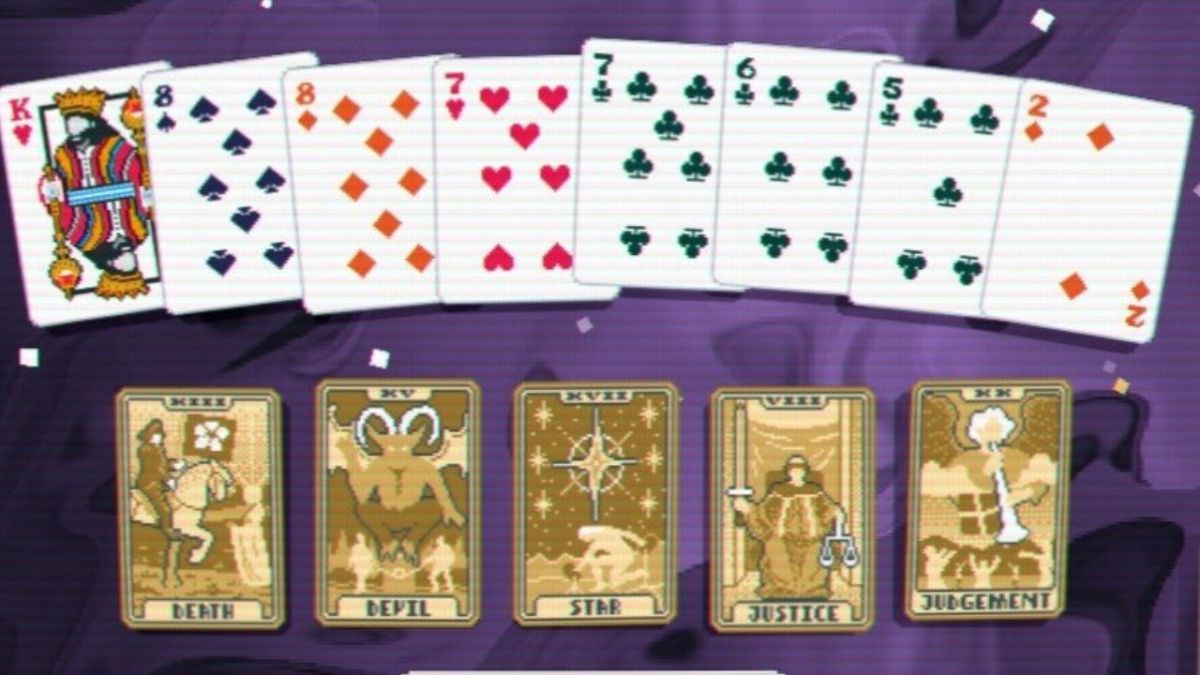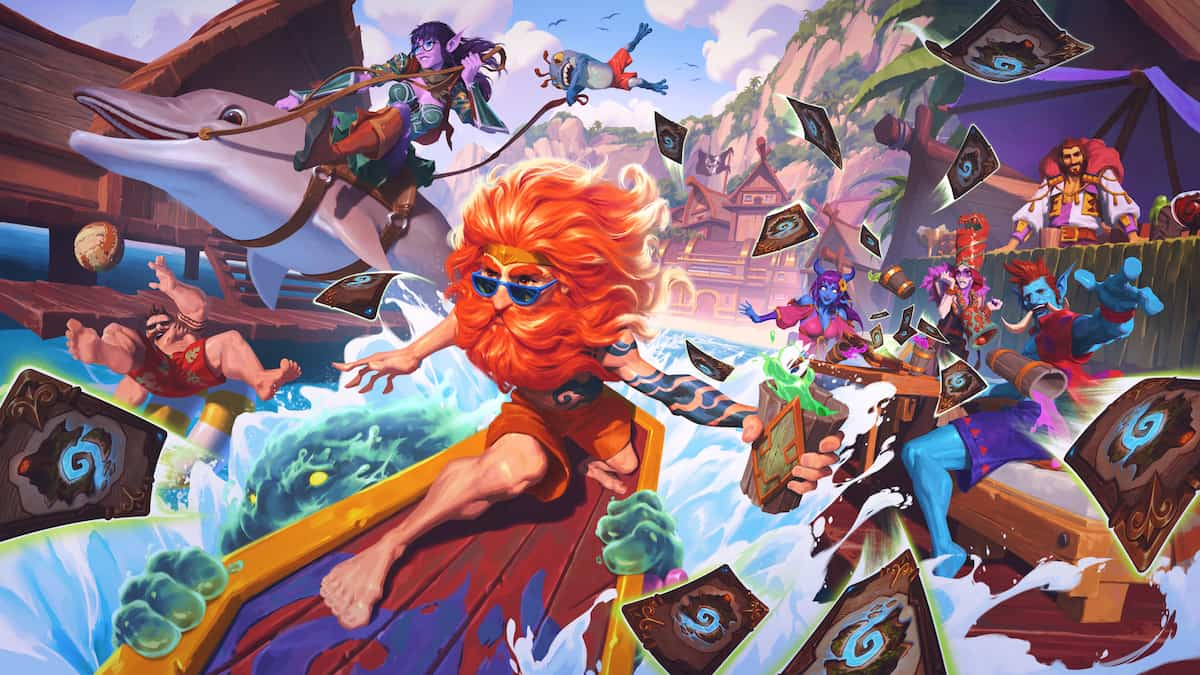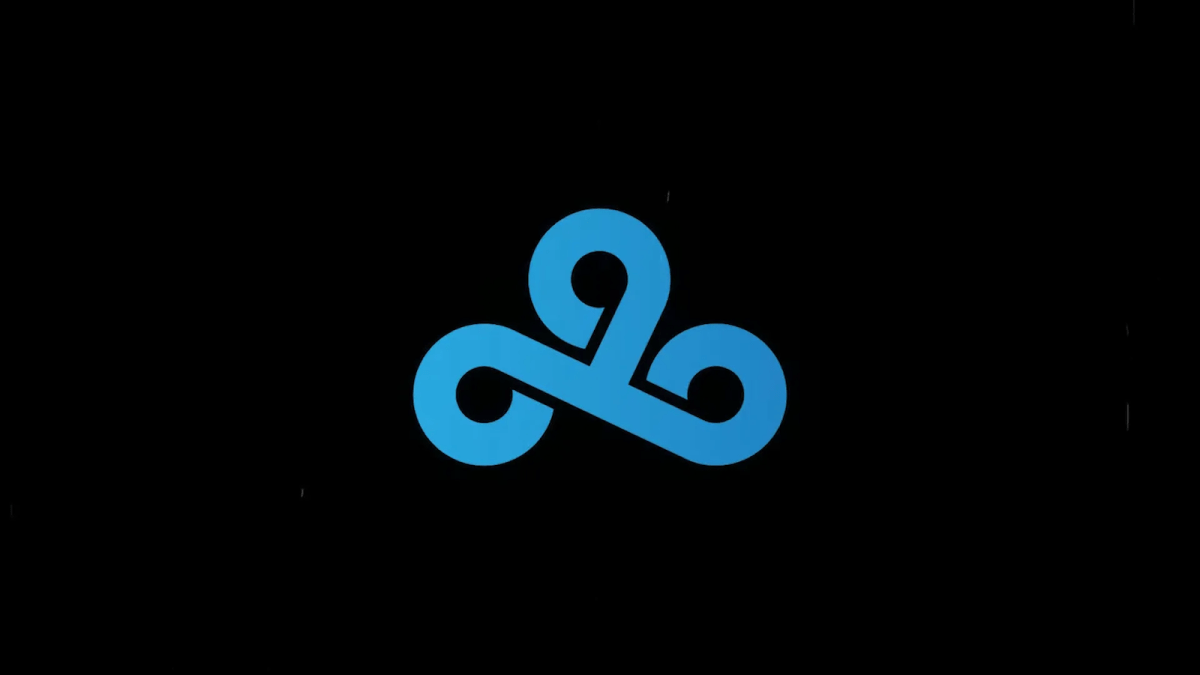Introduction
Yep, we’re back to Paladin. However, unlike our past trips to Uther-ville (is that a place?), we are going to be slowing things down. Way, way down. This week we are going to look at a very interesting legend Control(ish) Paladin build created by a player named Adernain. This deck has a lot of going for it. Not only does it have an extremely solid midrange-style curve (something we haven’t seen in past slower decks) but it also comes with the wide range of stay-alive cards that strong Paladin decks are known for. In addition, it also takes a bunch of cards we know and love and turns their uses completely around. It is hard to find new ways to use old cards, but this one does it quite well.
Key Cards
The Early Game
Control Paladin has always been one of the best late game decks in Hearthstone. It does not matter what meta it is in, or what decks it faces, there is almost nothing that can handle the power of a full force Uther. Unfortunately, Control Paladin’s weakness has always been midrange or aggro decks like Zoo or Tempo Rogue. Yes, the list can handle a single solid threat here and there, but a swarm is much more difficult. Especially when that swarm is filled with strong threats that stretch your focus. In addition, today’s faster builds have found ways to constantly rebound against AOE, which also poses a problem. To get around that, this decks runs a slew of early two drops that help cement the board and push to the late game at the same time.
Of the threats listed here, Loot Hoarder is the weakest against faster builds. That is a draw back because the other early game minions are to counter aggressive pushes. However, the deathrattle makes it relevant to N’zoth the Corruptor, and the extra draw is always going to be strong. Beyond Hoarder, Plated Beetle, Righteous Protector, and Dirty Rat are all amazing at protecting your face. Your end game (especially when paired with the cards you get from Stonehill Defender) is extremely solid. As such, you don’t have to worry about slower decks. That then enables you to front load your build in a way where you can solely focus on beating aggro. If you survive to the mid-game you should be fine, but getting there isn’t easy.
Equality
One of the strangest things about this deck is that it runs double Equality with only a single activator in Consecration. The Call to Arms package, discussed below, makes it so you can’t run Wild Pyromancer, which is severely limiting for that consistency. This is something you have to realize because the list relies on using the two mana spell at the right time and pulling it too early or too late can lead to disaster. That is especially important against midrange because you’re often going to need one solid clear to take them out. Try your best to use it when they have limited cards in hand. Another important note here is that there are going to be games where you have a tight curve and your opponent assumes you’re a midrange build. In those situations you want to slow roll Equality because your opponent will often not see it coming. The card is always going to be a blowout when used at the right time, but it is especially powerful in situations where your opponent runs right into it. Always try to use your on-board minions to trade or clear first, then pull the trigger.
Call to Arms
Another great “turn this card on its head” move, this deck utilizes Call to Arms in a way that I have not yet seen. Instead of trying to respond to AOE or lock down the board in some aggro push, you are simply looking for utility. This card helps pull all of the above early game cards, which is vital for a control deck. Not only does the four mana spell thin your deck of the junk you don’t want to pull later on, but it also instantly gives you presence on the board. As mentioned, all of your early game minions are specific control cards that either give you taunt, armor, or card draw. Hitting Loot Hoarder is going to be the worst option, but the rest of your cheap minions (especially Dirty Rat) are fantastic when played for free. This is one of the best cards in your deck and you almost always want to pull the trigger on it as soon as you can.
Call to Arms is one of the best cards from Kobolds, and this deck shows why. It is good for just about any situation, and will help you when fighting both control and aggro. There is an enormous amount of versatility here. Getting three bodies onto the board, regardless of what they do, is always going to be threatening. In slower matchups, a 2/3, a 2/1 and a 2/6 will typically bait out some type of removal. Against faster decks, you both protect your life and get ways to trade. Bodies are always going to be strong in Hearthstone, and the fact that the ones you pull with call have extra utility is icing on the cake. This card has been an aggro tool for most of the current meta, but I could easily see Control Paladin adopting it in the future.
Sunkeeper Tarim/Bonemare
More interesting applications! Sunkeeper Tarim and Bonemare are some of the best tempo cards ever printed. They help push damage, dominate a board, and give midrange decks ways to instantly take control of the game. Here, they also are wonderful defensive options that help control the pace of the game. Bonemare’s buff has almost always been viewed as an aggressive push (and rightfully so) but it is important to realize that the taunt does a great way of fighting off an push or lethal. While you always want to try to hit divine shield minions, any big taunt can exhaust your opponent’s resources and set up a powerful finisher. As a slow deck, your main goal is to simply grind your opponent down. Each of these cards does a great job of that.
Beyond Bonemare, Sunkeeper Tarim instantly negates a board when you don’t have AOE. You are almost always going to lean on Equality to clean up strong boards, but Tarim does a fine job as well. People often ignore your smaller minions, and being able to trade up a Silver Hand Recruit or early drop into a big threat while also putting down a taunt is exactly the type of plays you need to pace a game. In addition, also note that, despite what I said above, these two cards do work to stack up damage. People always underestimate the amount of pressure slow Paladin decks can put on. Almost all of your bigger cards here, from Cairne Bloodhoof to Tirion Fordring to Uther of the Ebon Blade, can bring the pain in a hurry. If you have a chance to get aggressive, you should take it.
Uther of the Ebon Blade
We’ve talked about Uther of the Ebon Blade a few times in the past, and he continues to be an extremely strong finisher in today’s slower Paladin lists (of which there are few). This card is similar to Frost Lich Jaina in that it puts your opponent on an inevitable clock. While I would argue that Jaina is better for closing out games, Uther does a fantastic job of both applying pressure and gaining life. There are going to be many times where you simply need a way to stay alive, and the Death Knight is wonderful for that because he acts as both removal and life gain. You do not need to get fancy with this card. People may get caught up with living the dream of summoning all four horsemen, but that rarely matters. Getting a free 2/2 a turn is more than enough value. Especially when you start combining the weapon with your other big threats.
One of the best parts of Uther of the Ebon Blade is that he almost always blanks damage lethals. While Razakus Priest can race him, there is no other deck in the game that can keep up with the five life a turn on top of the additional five armor. However, as strong as that is, for Uther to get his full effect you need to set him up. As with so many nine mana cards, playing him into a crowded board is often going to get you killed. He is a proactive play, but he’s only taking down one threat at a time. For that reason, you always want to utilize your resources to get the most out of the Death Knight. If you can afford it, always try to save AOE for him. You aren’t in a race here. Some players will try to just run out the DK as soon as they hit nine mana, but it is almost always better to wait until you have a favorable board state.
Deck Code
AAECAaToAgikA/IF+gb grAK5wQKIxwLt0gKO0wIL+wHcA/QF2a4Cm8IC38QC48sC ps4C+NIC+9MC6uYCAA==
Matchups
The four decks I see the most while playing the ladder.
Priest
Unfortunately for this build, all forms of Priest are going to be tricky. Razakus is definitely your hardest matchup because they just have too much damage. Even if you manage to get to your finishers, all it takes is one Prophet Velen/Raza the Chained combo to take you down. As a result (and it has been a while since we’ve talked about this) if you want to win this game you need to go at your opponent hard. This is typically the only way to beat Razakus with a slower deck. Try to play a big threat every turn and never let your opponent rest. If you have a dead or weak turn, Priest is instantly going to go into their combo. Also, you typically want to hold off on Call to Arms until you can find your Dirty Rats. The two drop is the only way you can interact with your opponent’s combo and you need it as the game goes long.
Though Big Spell Priest is a different deck than Razakus Priest, you are going to fight it in the same way. Big Spell Priest is an incredibly powerful deck that leans on a strong curve as the game goes on. Sitting back and trying to depend on your removal tools is not a great way to counter it because they have a wide range of minions (Bonemare, Spiteful Summoner, Cobalt Scalebane) that bait out AOE without wasting their hand. To get around that you need to work to become the aggressor. This is a matchup where you want to take the pure midrange route and put the pressure back on your opponent. If you can get to your big finishers ahead of Big Spell, they won’t be able to ever recover. However, if you fall behind going into the middle game, you’re as good as dead.
Control Warlock
Control Warlock is similar to Priest in that you want to bring pressure, but you have much more time that you think. Many people will try to go hard at Warlock for fear of their combo. However, it is rare that Gul’dan goes off on turn six. They typically hit their combo a bit later on in the game, and that means you never need to overextend into their power plays. The only thing you need to be careful about is letting a Doomguard live in case your opponent has a Carnivorous Cube. Save your Spellbreaker for the 4/6. Though you may want to use the 4/3 on a Voidlord, you can often battle through the 3/9. It is the charging 5/7’s that cause you real trouble.
A big part of this game is going to be Bloodreaver Gul’dan. While you typically have enough threats to survive the Death Knight’s hero power, it is hard to come back from an army of Doomguards. On that note, you need to be very careful when choosing to play Equality/Consecration. Warlock does not do a great job of putting on pressure, which means you can pace them throughout most of the game and wait until the very last second to pull the trigger on your clear. You often want to try to blast through Voidlord before clearing, but you need to use your AOE as soon as your opponent turns into a Death Knight. The last rule in this game is that if you’re ahead on turn eight or nine you want to get as many big bodies out as you can. That will help you push in a way that Warlock cannot fight.
Aggro Paladin
Steadily making its way back up the popularity scale, Aggro Paladin continues to flood the ladder with a strong blend of early power and mid-game punch. This game can be tricky at times, but it should fall in your favor as long as you contest Uther early on. You want this game to start out like a mirror match. Then, once you hit the middle turns, you start powering out big taunts or strong minions that your opponent cannot match. As good as Aggro Paladin is, they have a big trouble with decks that can lock down a board. Do not worry about damage. Just focus on getting up taunt after taunt. That way, no matter how much burst they can put together, you will be fine. As soon as you get to Uther of the Ebon Blade you will win.
Your clears vital in winning this game. As mentioned above, Paladin has adapted to the new world by finding ways around AOE. Consecration is a great tool in this here, but you want to be careful about when figuring out when to use it. Pulling it to early can set you up to dies to things like Corridor Creeper, but taking too much damage just drops you into Leeroy Jenkins range. Call to Arms is Aggro Paladin’s best tool against you, but it is also your best tool against them. You absolutely need to drop the four mana spell as soon as you can, and that means holding back the coin to get it out on turn three. Get as many bodies out as you can and play to all of your taunts. The more walls you play, the more cards aggro is going to have to commit to the board.
Tempo Rogue
Still at the four spot, Tempo Rogue has a pretty solid showing across most of the ladder. As with Big Spell Priest, Valeera is going to be one of your toughest matchups. This is a game where you want to play midrange on the board, but you should prioritize trading over everything else. Your big finishers are going to completely crush your opponent, but getting to those ahead of their early pressure is very difficult (especially if Prince Keleseth has anything to say about it). Rogue is going to play in a way where they try to back you into a corner. If you find yourself depending on one minion to keep you alive (playing perfectly into Vilespine Slayer) then you are right where Rogue wants you. This game is not about aggression, but it is about priority. Always be careful about letting your opponent land minions and don’t ever let them keep something going into turn seven. Your entire plan should be to run them out of cards. Rogue has draw, but it is limited. Put up big walls, do everything you can to trade efficiently, and make sure they hit topdeck mode. Just be careful about falling into Leeroy Jenkins range. The five mana legendary is still popular, and it still will kill you if you aren’t ready.
Mulligan Guide
Though you want to go long, you need to start early. Righteous Defender, Loot Hoarder, Plated Beetle, and Stonehill Defender are your must keeps. Dirty Rat should always be kept against Priest, and Potion of Heroism works when you have an early minion. Equality can be kept with Consecration against aggro or midrange builds, and Cons is also good on its own against aggro. Rallying Blade and Call to Arms are both great on curve, and Spellbreaker should always be kept against Gul’dan.
Conclusion
I always love covering different decks (which is why I do my series) and this definitely falls into that category. It has been a long time since I’ve seen any non-aggro Paladin deck, and this one has a lot of interesting interactions. When making a deck it can be hard to see different combos. We get so used to seeing cards as one thing that it can be difficult to break out of that mold and see them in a new light. This deck does that with a wide range of powerful options (even if does run Corridor Creeper) and gives you a new way to use Uther. Until next time, may you always pray to the god of death.





Published: Jan 31, 2018 03:34 pm